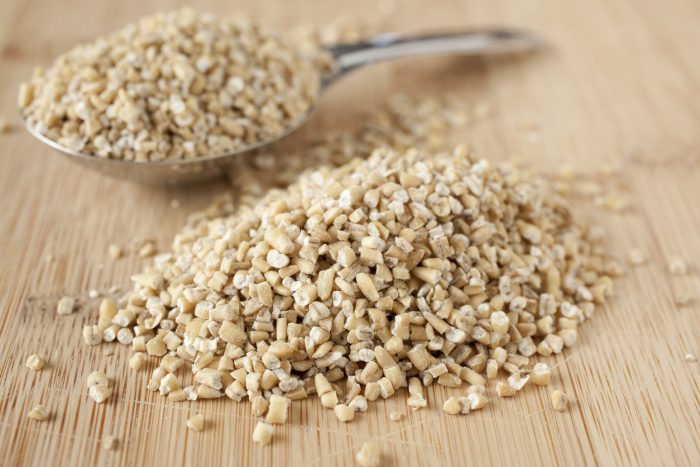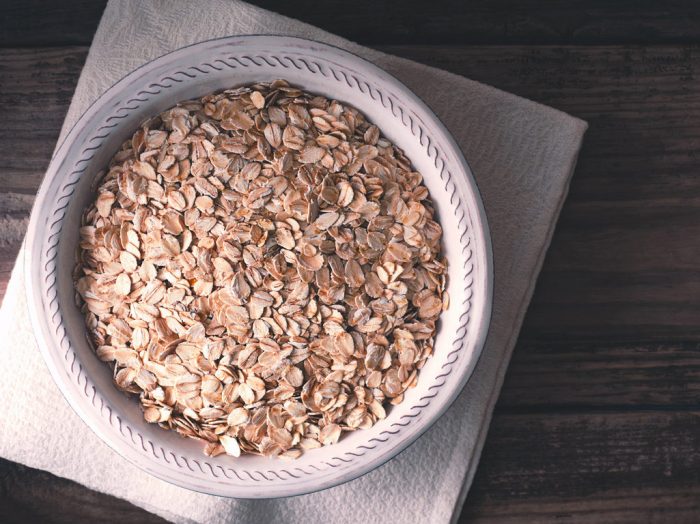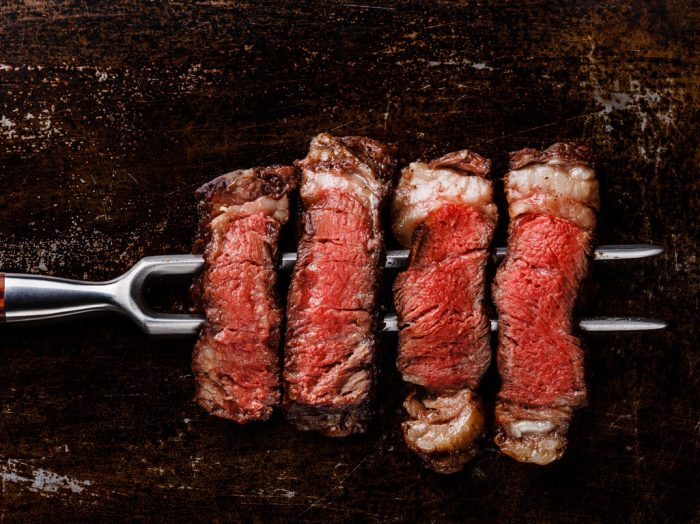Long live the oatmeal! Oatmeal is a type of porridge that can be made of all three types of oats: steel-cut, rolled, and instant oats. Still, what are the significant differences between these processed grains?
No matter the season, oatmeal or oat porridge is a staple of healthy breakfast in many English-speaking countries like the United States, the United Kingdom, Canada, Australia, Ireland, and New Zeeland, but also in Germany and the Nordic countries Denmark, Finland, Iceland, Norway, and Sweden. You can make this dish by boiling in milk or water one of these types of oats: steel-cut, rolled, and instant oats.
Even if you can use steel-cut, rolled, and instant oats for making oatmeal, there still are some differences between them. The story starts with the same whole oat groats which are usually roasted at a very low temperature. From there, the story splits into three.
Differences between steel-cut, rolled, and instant oats
The differences between steel-cut, rolled, and instant oats lie in how much the oat groats have been processed.
Steel-Cut Oats
Steel-cut oats are known as ‘coarse oatmeal’ or ‘Irish oatmeal’ or ‘pinhead oats’. This type is made by chopping the whole oat groat into several pieces. Steel-cut oats look almost like rice that’s been cut into pieces. It is said that, because of their size and shape, the body breaks steel-cut oats down more slowly than rolled oats, reducing spikes in blood sugar and making the eater feel full longer.

What to do with them
Steel-cut oats take the longest to cook, and have a toothsome, chewy texture that retains much of its shape even after cooking. Besides oatmeal, you can use steel-cut oats for making meatloaf or adding texture to different types of stuffing. Use it also as an alternative to risotto.
Rolled Oats
Rolled oats are also called ‘old-fashioned‘, which is the thick version of rolled oats. The whole grains of oats are first steamed to make them soft and pliable, then pressed to flatten them. This process makes them look like flat, irregularly round, slightly textured discs.
What to do with them
Rolled oats cook faster than steel-cut oats, absorb more liquid, and hold their shape relatively well during cooking, and they’re really good in oatmeal porridge. Also, rolled oats are commonly used in granola, granola bars, pancakes, cookies, muffins, oat bread, and other baked goods. You can also prepare homemade oat milk!
Instant Oats
Quick or instant oats are the most processed of the three oat varieties. They are pre-cooked, dried, and then rolled. Until now, the process is similar to rolled oats. The difference is that instant oats are pressed slightly thinner than rolled oats, and this can break them a little.
What to do with them
Instant oats are so-called because they cook more quickly than steel-cut or rolled oats. Being so thin, they retain less of their texture, and often end up mushy when cooked. You can use them for breakfast cereal bowls, homemade granola, and in baked goods like oatcakes, oat cookies, and oat bread. You can also add them to homemade vegan burgers.
The last two types of oats are interchangeable. So, instant oats can be used instead of rolled oats, although the cook time will be much shorter, and the final dish will not have as much texture.

Even if they’re different in texture and cooking time, steel-cut, rolled, and instant oats all have the same nutritional profile since they’re all made from whole oat groats. Oats are loaded with dietary fiber and have a range of healthy cholesterol-lowering properties. Oats are rich in a range of important minerals, vitamins, and antioxidants.
According to some studies, oats may play an important role in improving satiety and diet quality. One cup of dry oats (80 grams) contains about 297 calories.
You may also want to read Fiber, the Secret to a Healthier Life.






